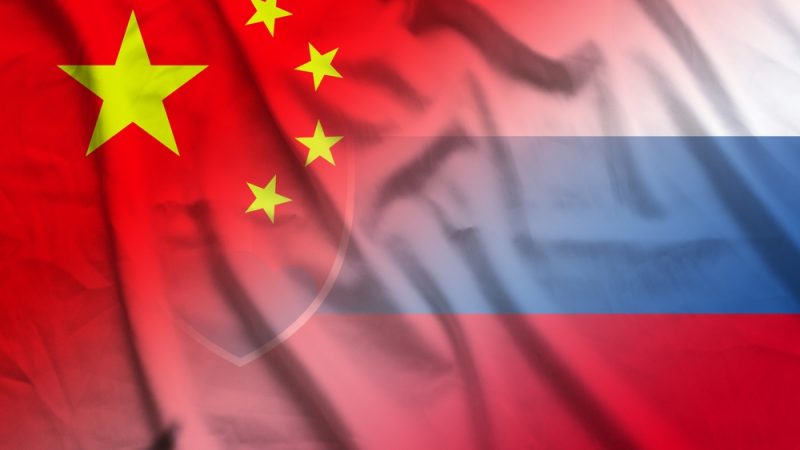About 28 Slovak academic institutions, including public universities, the Slovak Academy of Science, and its various research institutes, have at least 136 connections to China, a study by the Bratislava-based Central European Institute of Asian Studies (CEIAS) has found.
Slovakia’s engagement with China is a relatively recent phenomenon that started after the country joined the China-CEEC Cooperation (16+1) platform in 2012. Since then, new interactions with China have developed across numerous domains, including academia.
These developments have largely gone unnoticed until recently, the study finds.
“Most of these academic institutions reported that no risk assessment is carried out. At best, risk assessment is an ad hoc event without following any pre-determined criteria, “Matej Šimalčík, Executive Director of CEIAS explains.
According to him, this demonstrates the low risk sensitivity toward Chinese activities among Slovak academic institutions, “a trait not so uncommon in the Slovak public sphere,” he adds.
Some 58% of 136 connections are with universities categorised by the ASPI Defense University Tracker as either ‘high risk’ or ‘very high risk.’
Authors of the study highlight the need to take into account not only the agency of Chinese universities but also their Slovak partners, who are often the ones driving the cooperation by providing financing for projects from domestic sources.
The Chinese-Europe Academic Engagement Tracker, developed by CEIAS, maps over 2,300 links between academic institutions from 11 European countries (Austria, Bulgaria, Czechia, Georgia, Germany, Hungary, Latvia, Lithuania, Poland, Romania, and Slovakia) and their Chinese partners.
According to the findings, German and Polish universities and research institutes have been the most active in maintaining ties with Chinese partners.
“Only limited guidelines currently exist in Europe that would allow researchers to safely engage with Chinese colleagues without running the risk of the links being abused for political goals or forced technology transfers,” Šimalčík adds.


